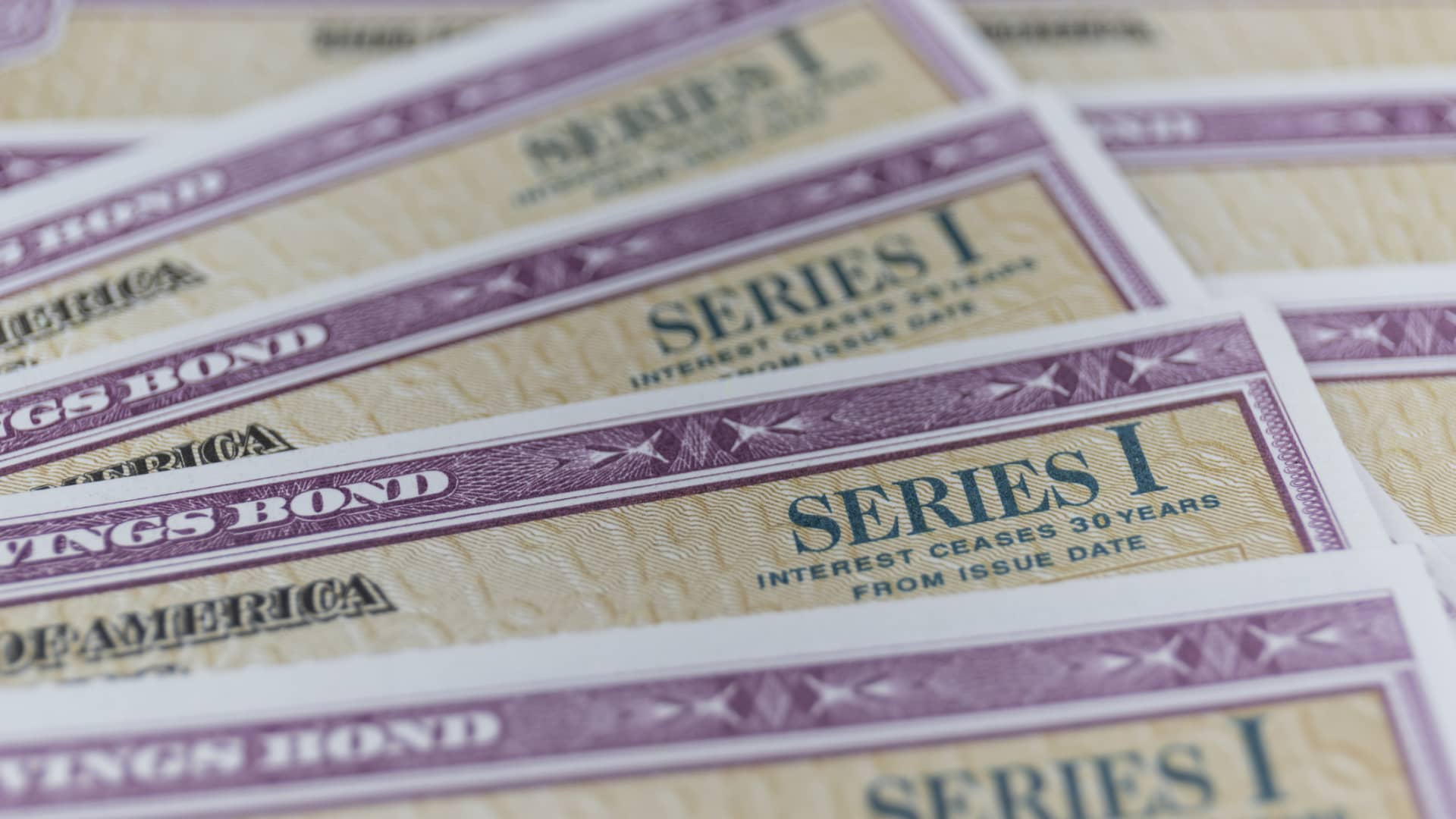The annual rate for Series I bonds could fall below 5% in May based on the latest inflation data and other factors, experts predict.
That would be lower than the current 5.27% interest on I bond purchases made before May 1, but higher than the 4.3% interest offered on new I bonds bought between May 1, 2023, and Oct. 31, 2023.
Despite the expected rate decline, I bonds are “still a good deal” for long-term investors, according to Ken Tumin, founder and editor of DepositAccounts.com, which closely tracks these assets.
More from Personal Finance:
What you can learn from the Biden, Harris 2023 tax returns
Biden releases formal proposal for new student loan forgiveness plan
Why a $100,000 income no longer buys the American Dream
Meanwhile, short-term investors currently have higher-yield options, such as Treasury bills, money market funds or some certificates of deposit.
Backed by the U.S. government, demand has soared for I bonds amid higher inflation, particularly after the annual rate hit 9.62% in May 2022. Next month, the rate could drop to around 4.27%, some experts predict.
How the I bond rate works
The U.S. Department of the Treasury adjusts I bond rates every May and November. That yield changes based on a variable and fixed portion.
The Treasury adjusts the variable part every six months based on the consumer price index, which is a key measure of inflation. The agency can change the fixed portion or keep it the same.
The fixed portion of the I bond rate stays the same for investors after purchase. The variable rate portion resets every six months starting on the investor’s I bond purchase date, not when the Treasury Department announces rate adjustments. You can find each rate by purchase date here.
Currently, the variable rate is 3.94% and the fixed rate is 1.3%, for a combined rounded yield of 5.27% for I bonds purchased between Nov. 1 and April 30.
The 1.3% fixed rate “makes it very attractive” for investors who want to preserve purchasing power long term, according to Tumin.
How the fixed rate could change
Since the variable rate for I bonds is based on six months of inflation data, experts agree it will fall from 3.94% to 2.96% in May. The fixed portion is harder to predict because the Treasury does not disclose its formula for changes.
David Enna, founder of Tipswatch.com, a website that tracks Treasury inflation-protected securities, or TIPS, and I bond rates, expects the fixed rate will be 1.2% or 1.3% in May.
But “1.4% is not out of the question,” he said.
Enna looks at a half-year average of real yields for 5- and 10-year TIPS to predict fixed rate changes. The real yield reflects how much TIPS investors earn yearly above inflation until maturity.
A possible fixed rate change from 1.3% to 1.4% “isn’t enough to make a huge difference,” but investors always prefer the higher rate, he added.
